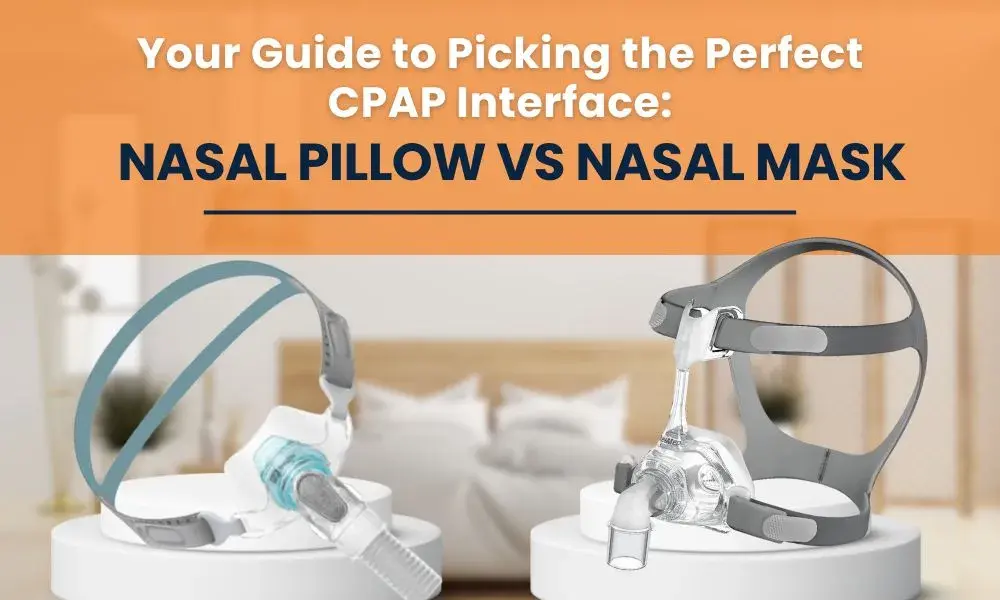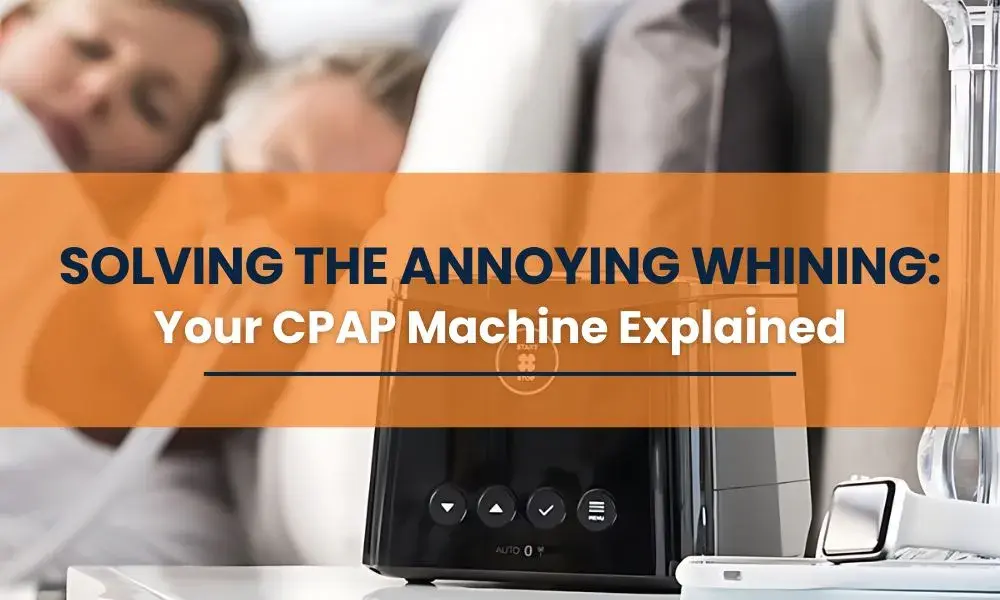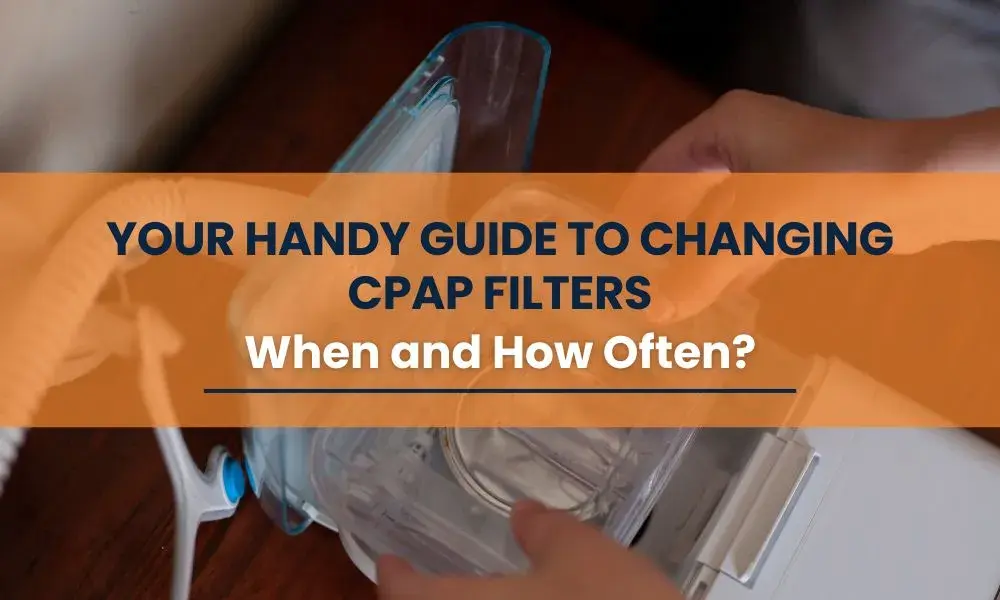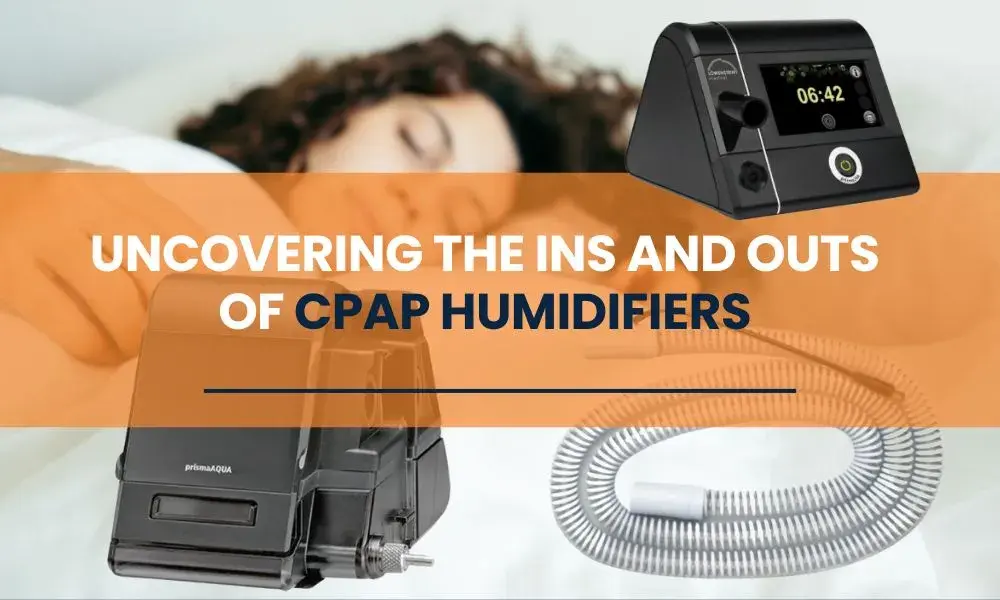Does your CPAP machine constantly make a whining noise every night? You’re not alone. Many users experience this irritating sound, which can disrupt sleep and make using the machine a less-than-pleasant experience. But fear not, there are solutions to this common issue.
The whole point of your CPAP machine is to have a good night sleep. So, let’s tackle this issue together. In this article, we’ll delve into why your CPAP machine makes noise, common causes of the whining, the impact of maintenance on noise levels, professional solutions versus DIY fixes, and how to prevent future noise issues.
Understanding Your CPAP Machine’s Functionality
Diving into the mechanics of your CPAP machine unveils a world where precision meets purpose. At its core, the CPAP machine is designed to be your nightly companion, ensuring that every breath you take while asleep is as effortless as during the day.
Its primary function is to provide Continuous Positive Airway Pressure, a therapy crucial for those with sleep apnoea. The machine, with its meticulously designed motor and fan, gently propels a stream of air through the tubing and mask, directly to your airway. This constant airflow acts as an invisible pillar, keeping your airway open and preventing the disruptions in breathing that characterise sleep apnoea.
Incorporated into this setup is a humidifier, countering the dryness that could come from breathing in pressurised air, thus adding a layer of comfort to the essential functionality of the device. Understanding the synergy between all of the components helps in appreciating not just the what but the why behind each hum, puff, and whir of your CPAP machine as it works through the night to give you uninterrupted, restful sleep.
Common Causes of CPAP Machine Whining
Exploring the reasons behind your CPAP machine’s whining noise reveals a handful of usual suspects that could be the culprits.
A primary factor is often a dirty or clogged air filter; this blockage can hamper airflow, causing the machine’s motor to overexert itself and produce an increased level of noise.
Loose or deteriorating hose connections can also contribute to the problem, as they may lead to vibrations that manifest as a whining sound. Additionally, issues within the machine itself, such as a faulty fan or motor, might be responsible for the unwanted noise.
Pinpointing the exact cause is the first step towards implementing a fix and returning to a noise-free night’s rest. Understanding these common triggers allows you to identify and address the issue more efficiently, ensuring your CPAP machine continues to support your sleep without disturbance.
The Impact of Maintenance on Noise Levels
Keeping your CPAP machine in tip-top condition is not just about prolonging its life; it’s about ensuring that every night is as quiet as the one before. By adopting a regular maintenance routine, you can significantly reduce the likelihood of noise disturbances.
This involves more than a cursory wipe-down. Give your machine a deep clean, focusing on the air filter—a common culprit when it comes to whining noises. Dust and debris accumulation can obstruct the smooth flow of air, causing the machine to work harder and, in turn, increase the noise it makes. Pay attention to the state of your hose connections as well; even the slightest wear and tear can introduce unwelcome sounds into your peaceful slumber.
Embrace these maintenance practices with a keen eye and a dedicated hand. It’s these seemingly small actions that can make a world of difference to the auditory backdrop of your night time routine. Remember, a well-maintained CPAP machine doesn’t just perform better—it whispers its efficiency into the quiet night, ensuring your sleep is as undisturbed as possible.
Professional Solutions vs. DIY Fixes
Finding the cause of CPAP machine noise can feel like walking a tightrope between quick home remedies and seeking the expertise of professionals. It’s worth weighing your options carefully. On one side, you have DIY fixes, which can be effective for minor issues. Tightening those wobbly hose connections or giving your machine a thorough clean might just do the trick and silence the whine. It’s empowering to know that sometimes, the solution is right at your fingertips.
However, when the noise persists despite your best efforts, it’s time to consider professional solutions. Taking your machine to a certified technician could unearth deeper issues that aren’t visible to the untrained eye. These experts are equipped to diagnose and remedy the noise, ensuring your CPAP machine hums along as quietly as a whisper once more.
At Rockingham CPAP, our technicians are trained to troubleshoot and fix any potential issues with your machine. We also recommend having your CPAP machine serviced every 12 months to keep it working efficiently. Simply book a service and take the worry out of knowing your device is working as it should.
Preventing Future Noise Issues
To avoid the annoyance of a whingeing CPAP machine in the future, taking a proactive approach to maintenance is crucial.
Firstly, ensuring you stay on top of cleaning and, when necessary, replacing the air filter, will work wonders. A clean filter means unobstructed airflow and a quieter machine. It’s also wise to regularly check your hose connections for signs of deterioration; a snug fit ensures your machine operates smoothly and silently.
Additionally, the environment where you store your CPAP machine plays a significant role in preventing noise. Aim for a spot that’s not only clean and free of dust but also on a stable surface less prone to vibrating, as vibrations can amplify the sound.
Incorporating these steps into your regular routine isn’t just about reducing noise. It’s about improving the overall performance of your machine, ensuring it serves its purpose quietly and efficiently. With these preventative measures, you’re setting the stage for uninterrupted, peaceful nights, free from the hassle of unexpected noise disturbances.
Rockingham CPAP: Your Holistic Sleep Journey Support
Don’t suffer with the whining of your CPAP machine any longer! At Rockingham CPAP, we are available to help solve any issues with your CPAP machine. There’s no problem too small that we can’t help you with.
If your machine is not performing correctly, contact us by calling our team on (08) 6186 6636 or visit our website for more information about CPAP servicing.





